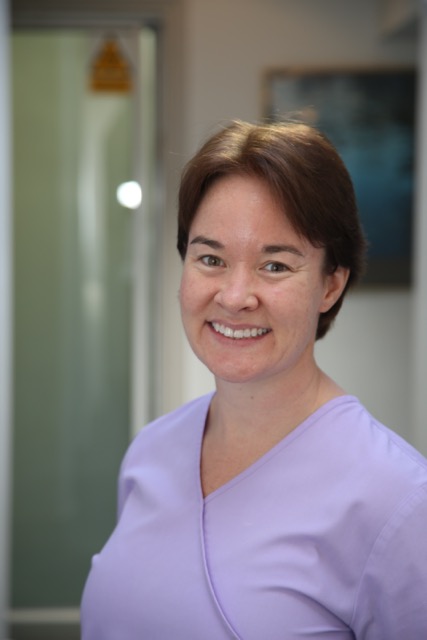Clinical photography and you
Featured Products Promotional FeaturesPosted by: Dental Design 2nd July 2021

As dental hygienists and dental therapists, the way that we communicate with and educate our patients is of paramount importance. Everyone learns differently, and for every patient that will respond well to spoken or written information, there is another who will respond better to a different kind of stimulus, for example, images.
So why not look to introduce clinical photography into your daily routines? In-practice photography is easy to pick up and comes with several benefits for both you and your patients alike:
A clear educational tool
Photographs are one of the clearest forms of visual communication, especially in a world where people are so used to seeing photos of themselves. By taking photographs of your patients, you can help them better understand their own oral anatomy and help them to see the impact of certain cleaning techniques more clearly.

For example, if a patient has swollen, red gums in areas where they may not be able to see clearly – photography can identify this problem easily, meaning that you can hammer home messages such as the importance of interdental cleaning and reiterate why gingivitis is a significant concern. Another example could be to use photographs to reveal any problems such as a broken tooth or restoration, alongside information as to why it is important to restore the tooth or replace the restoration. This is likely to have a deeper impact than just spoken information alone. Photographs can also be used in the same way for soft tissue oral abnormalities. A photo enables us to monitor any changes over a period of time, or for referral purposes.
A portfolio of your skills
Clinical photography is also a useful tool for promoting your skills and the practice you work for. With the scope of practice increasing for dental hygienists and therapists all the time, you can use clinical photography to document successful treatments so that you have a clear record of your abilities. These photographs, with consent from patients, can also be used across social media channels or on your practice website, which can help to engage and draw in new patients.
There’s also the opportunity to use these photographs for case studies and lecturing purposes, both of which can help you expand in the industry and open up new opportunities. Any particularly interesting cases are always worth photographing, especially as these can be used to help generate discussion with like-minded colleagues and help others learn.
Something to consider
Although the idea of taking photographs can seem daunting, it’s definitely something that dental hygienists and dental therapists should be considering. If you need tips and pointers on where to begin, you can always contact the helpful team at the British Society of Dental Hygiene and Therapy (BSDHT) who will guide you towards the best courses and give you the advice you need to get started.
For more information about the BSDHT, please visit www.bsdht.org.uk
call 01788 575050 or email enquiries@bsdht.org.uk
No Comments
No comments yet.
Sorry, the comment form is closed at this time.



